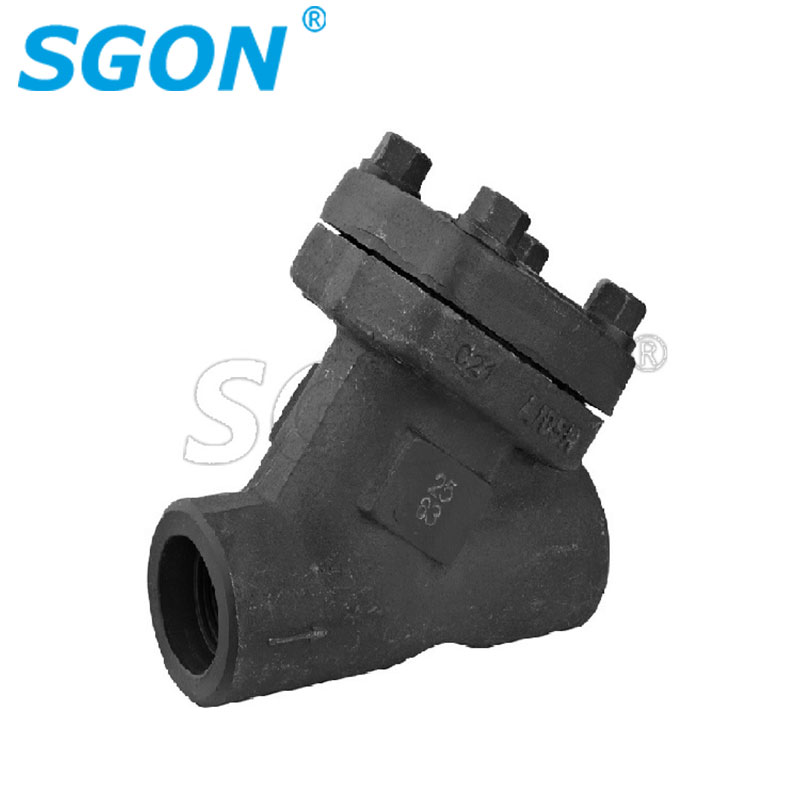A strainer is a crucial component in many fluid systems, serving the essential function of removing solid particles and debris from the flowing fluid. Understanding its working principle is vital for ensuring the proper operation and longevity of the associated equipment and the overall system.
At its core, a strainer consists of a housing and a filtering element. The housing is designed to withstand the pressure of the fluid flow and provides a chamber through which the fluid passes. It is typically made of metal, such as stainless steel or carbon steel, to ensure durability and resistance to corrosion.
The filtering element is the heart of the strainer. It is usually made of a perforated or woven material, such as wire mesh or a sintered metal screen. The size of the perforations or the mesh opening determines the filtration rating, which dictates the size of the particles that can be trapped. For example, a strainer with a 50-micron filtration rating will capture particles larger than 50 microns.
When the fluid enters the strainer housing, it is forced to pass through the filtering element. As the fluid flows through, solid particles that are larger than the openings in the filtering element are retained on the surface or within the pores of the filter. The filtered fluid then continues to flow out of the strainer and into the downstream part of the system.
Over time, the accumulation of trapped particles on the filtering element can cause a pressure drop across the strainer. This is because the blocked pores restrict the flow of fluid. A pressure gauge installed upstream and downstream of the strainer can be used to monitor this pressure drop. When the pressure drop reaches a certain level, it indicates that the filtering element is becoming clogged and needs to be cleaned or replaced.
Some strainers are designed with a bypass mechanism. In normal operation, the fluid passes through the filtering element. However, if the pressure drop across the strainer exceeds a predetermined limit, the bypass valve opens, allowing a portion of the fluid to bypass the filter. This helps to prevent a complete shutdown of the system due to excessive pressure build-up, but it also means that some unfiltered fluid may enter the downstream system.
To clean or replace the filtering element, the strainer is usually equipped with a removable cover or access port. This allows easy access to the filter without having to disassemble the entire piping system. The trapped particles can be removed by backwashing, where a reverse flow of fluid is used to flush the particles out of the filter, or by physically removing and cleaning the filter element.
In conclusion, a strainer works by using a filtering element to separate solid particles from a flowing fluid. By effectively removing debris, it protects downstream equipment such as pumps, valves, and heat exchangers from damage and clogging, ensuring the smooth and efficient operation of the fluid system. Regular maintenance and monitoring of the strainer's performance are essential to maintain its effectiveness and the integrity of the overall system.

GET A QUOTE